Jim Corbett is the first national park in India and is found in northern India’s Uttarakhand state. The park is very famous for its wildlife and beautiful nature. Many people from India and other countries visit this park every year.
The park is home to many wild animals. Some of the most well-known animals in the park are Bengal tigers, elephants, leopards, deer, and many types of birds. In fact, more than 600 kinds of birds live in the park. Jim Corbett National Park is very big. It covers an area of around 520 square kilometers (approx.). The land inside the park includes forests, hills, rivers, and grasslands.
Even though the park is open most of the year, it is not fully open during the rainy season, which is called the monsoon. The monsoon usually starts in the middle of June and ends in the middle of November. During this time, some zones (areas) of the park are closed to visitors. This is done to keep people safe and to protect the environment.
In this guide, we will explain why some parts of the park are closed in the monsoon season. We will also tell you which zones are closed and which ones remain open. This will help you plan your trip better if you want to visit the park during the rainy months.
Why Some Zones Are Closed In The Monsoon
Some zones in Jim Corbett National Park are closed during the monsoon season because of heavy rain. The roads become muddy and slippery, making it hard for Jim Corbett safari vehicles to move. Sometimes, there are floods or landslides, which can block or damage roads and bridges. This can be dangerous for visitors.
The park is also closed to protect animals. Many animals have babies during the monsoon and need quiet places to stay safe. Too many people can disturb them.
Park staff also use this time to fix roads, fences, and clean water sources. They can do this work better when there are no tourists in the park.
Zone-Wise Closure Information
Jim Corbett National Park contains many zones, and each zone has different rules during the monsoon. Some zones are fully closed, while others stay open depending on the weather.
A. Dhikala Zone
Dhikala is one of the most famous and most visited zones in the park. It is located in the middle of the park. Many people come here to try and see tigers, elephants, and other big animals. The area also has open spaces where it is easier to spot animals.
However, Dhikala is completely closed during the monsoon. No visitors are allowed to enter this zone in the rainy season. The road to Dhikala, especially the one that goes through the Dhangarhi Gate, becomes very dangerous during the rains. There is a high chance that gypsies may get stuck or meet with accidents. So, for safety, the zone remains shut.
Also, during this time, the forest department works on repairing the roads and other buildings in the area. Wildlife experts also study the animals and trees without disturbance from tourists.
B. Bijrani Zone
Bijrani is another well-known zone that many tourists visit during other parts of the year. It is close to Ramnagar town, and it is easy to reach. This area has grasslands and forests, and is good for seeing animals like deer and tigers.
But just like Dhikala, Bijrani is also closed in the monsoon season. There is a high risk of flooding and landslides in this area during heavy rain. The soil becomes soft, and the roads can break or get covered with mud.
The zone is closed mainly to protect visitors and also to give the animals some quiet time. During these months, the wildlife needs more privacy and calm.
C. Durga Devi Zone
Durga Devi is located in the northeast part of the park. This area has many hills and rivers, and it is a good place for birdwatchers. It is less crowded than other zones and is popular among people who like peaceful nature walks.
The Durga Devi Zone does not stay open during the monsoon season and remains fully closed. The roads here are narrow and go through hilly areas. When it rains, these roads can become slippery and unsafe. The rivers also become full of water and can be dangerous to cross.
By closing this zone, the park also helps protect the birds and animals that live here. It gives the area time to recover and grow naturally.
D. Sonanadi Zone
Sonanadi is included in the buffer zone area that belongs to Corbett Tiger Reserve. A buffer zone is the area around the main (core) zone of the park. Sonanadi is huge and serves as an important area for elephant movement and bird nesting.
Sonanadi may be open in some parts even during the monsoon, unlike the core zones. Whether it is open or closed depends on how heavy the rainfall is. Some gates in this zone might be closed, while others may be open on certain days.
Forest officials check the roads and weather every day to decide if tourists can visit. So, visitors should check in advance before planning a Jim Corbett safari here during the monsoon.
E. Jhirna Zone
Jhirna Zone is part of the buffer zone and lies in the park’s southern area. It does not receive as much rain as other areas of the park. Because of this, Jhirna remains open all year round, including during the monsoon.
You can enter Jhirna from Ramnagar, and safaris are usually available here even in the rainy months. However, if it rains heavily on a particular day, the Jim Corbett safari might be cancelled for safety. So, it is important to be ready for sudden changes.
Jhirna is a good option if you want to visit Jim Corbett during the off-season.
F. Dhela Zone
Dhela Zone is near Jhirna and has similar features. It is also part of the buffer zone and is open throughout the year. Like Jhirna, Dhela stays open during the monsoon, but only if the weather is safe.
This zone of Jim Corbett National Park is good for people who want to see birds and elephants. The roads are checked regularly, and if the weather becomes too bad, the zone may be closed for that day.
Tourists can choose Dhela if they are visiting the park during the monsoon and want to experience wildlife even in the rainy season.
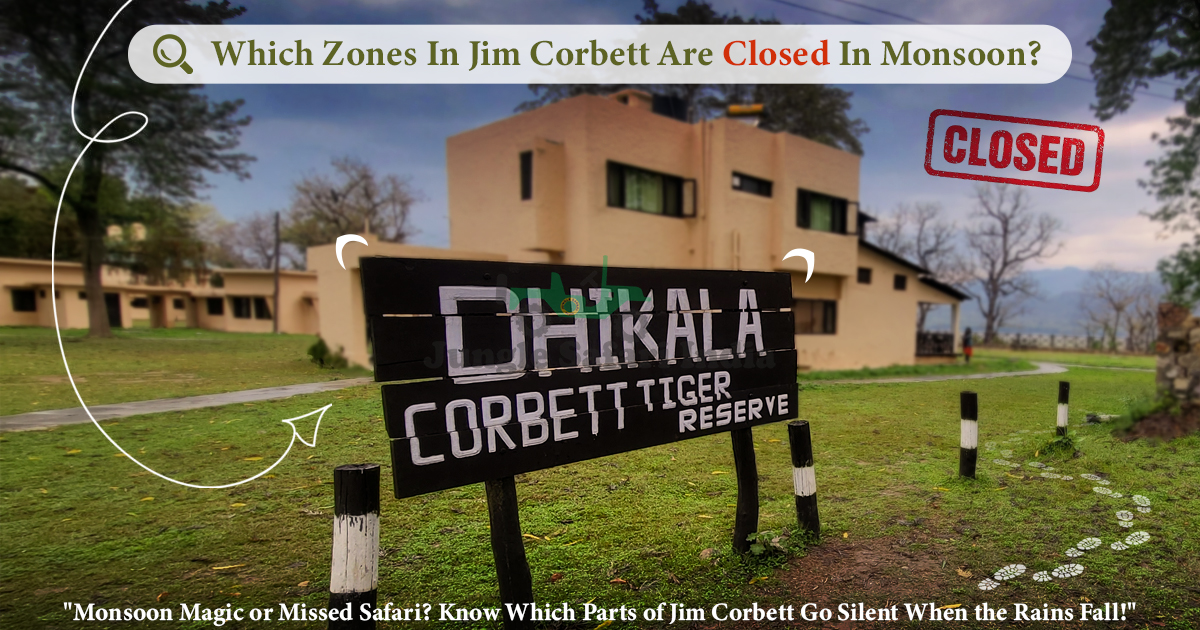


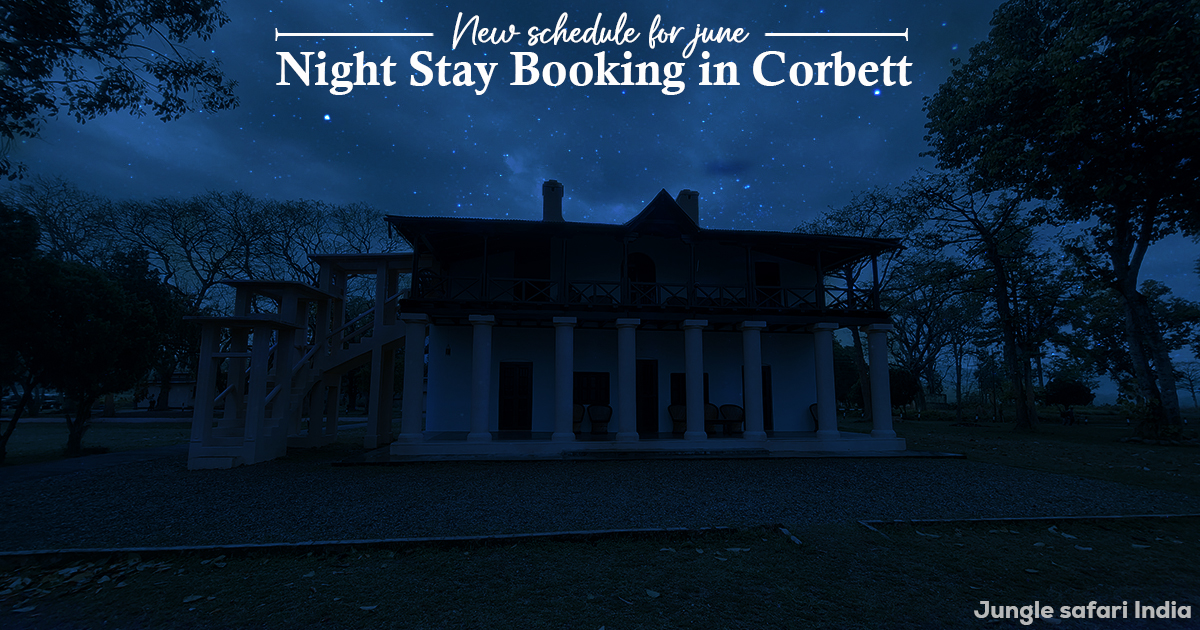
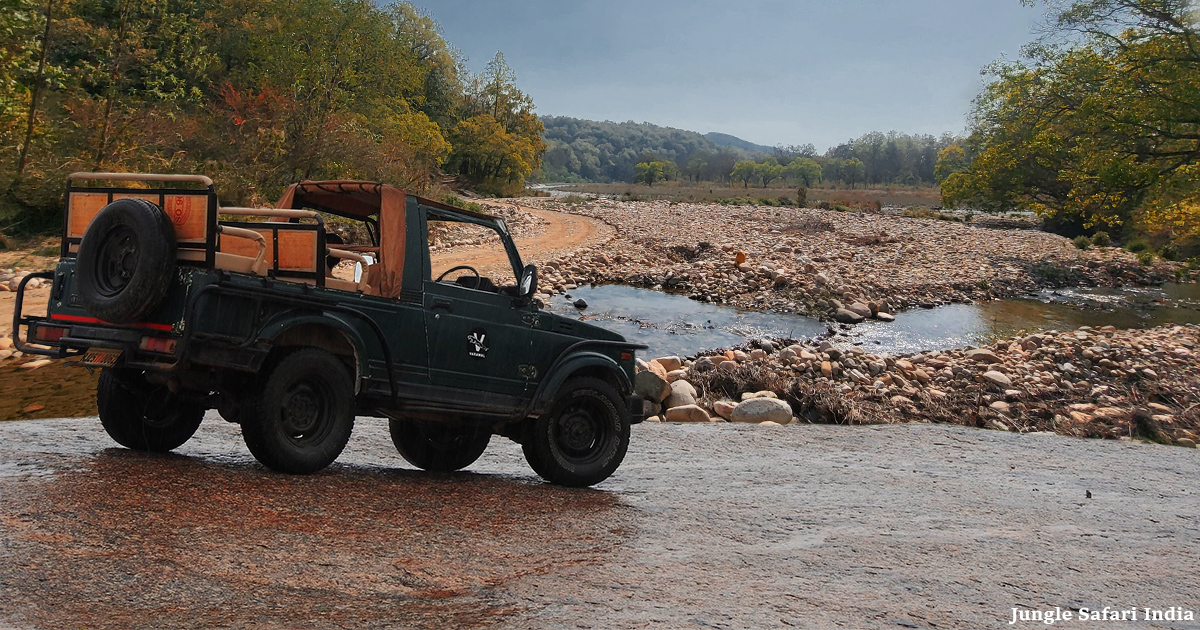
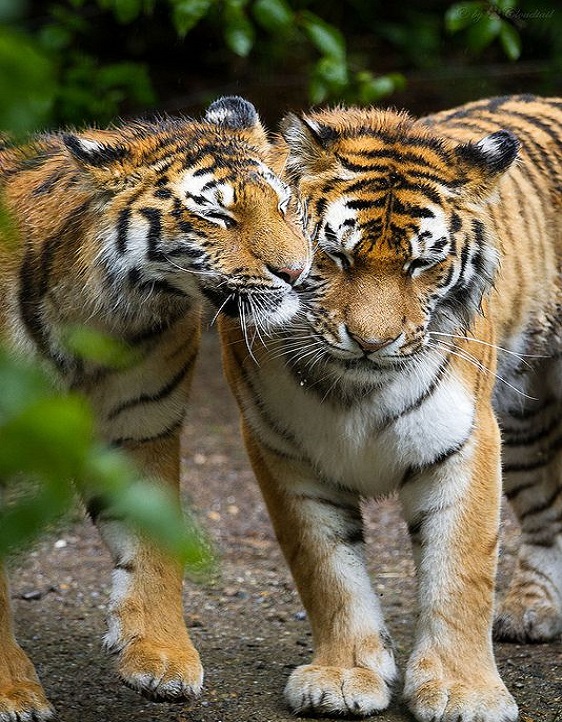
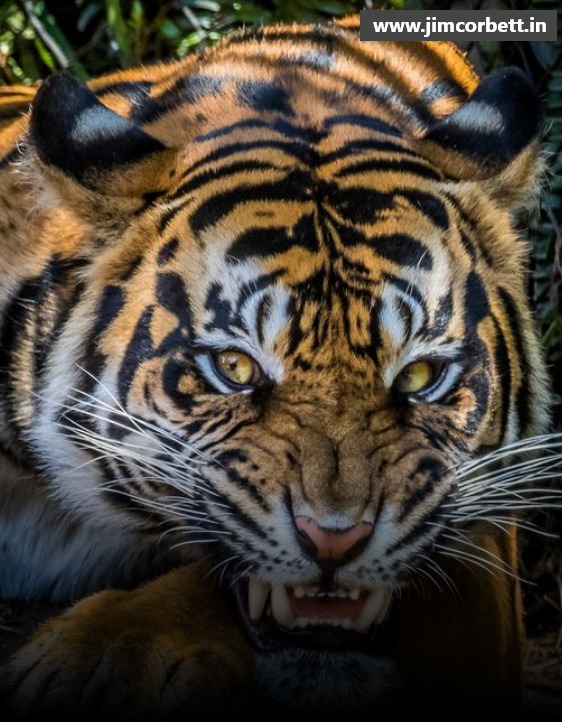
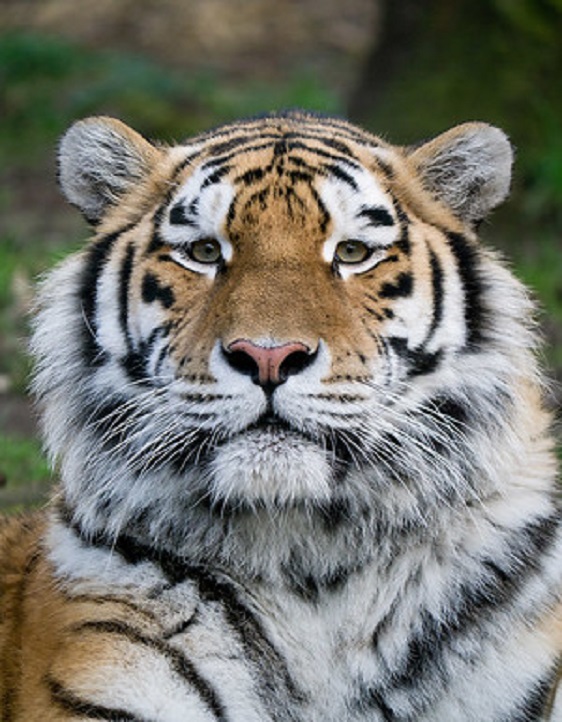
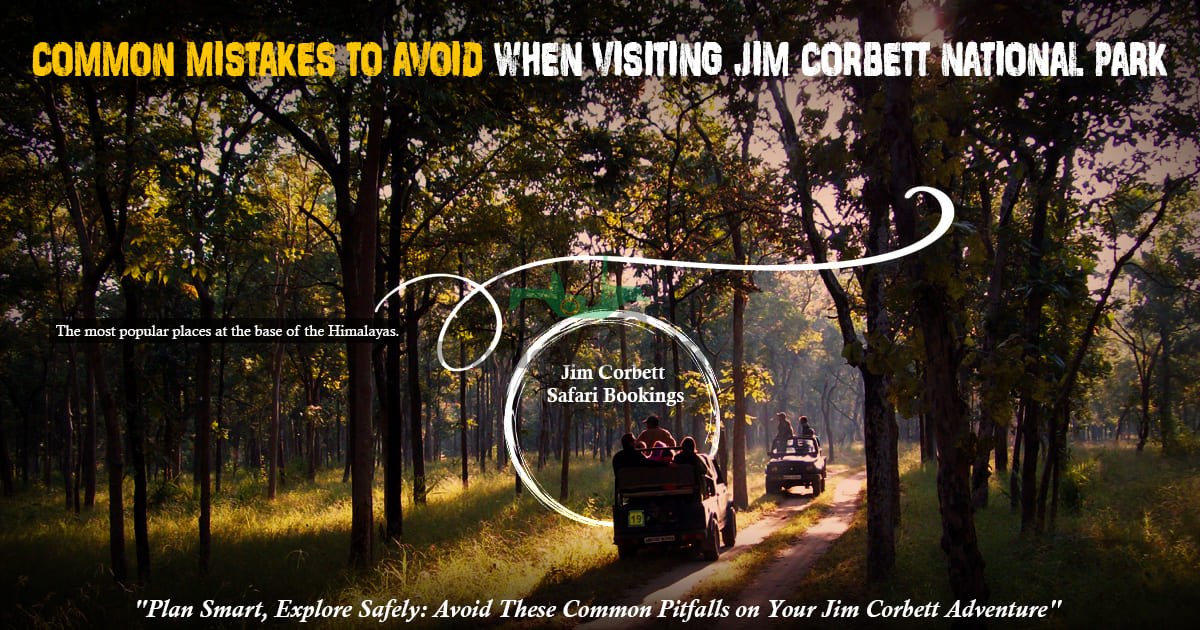
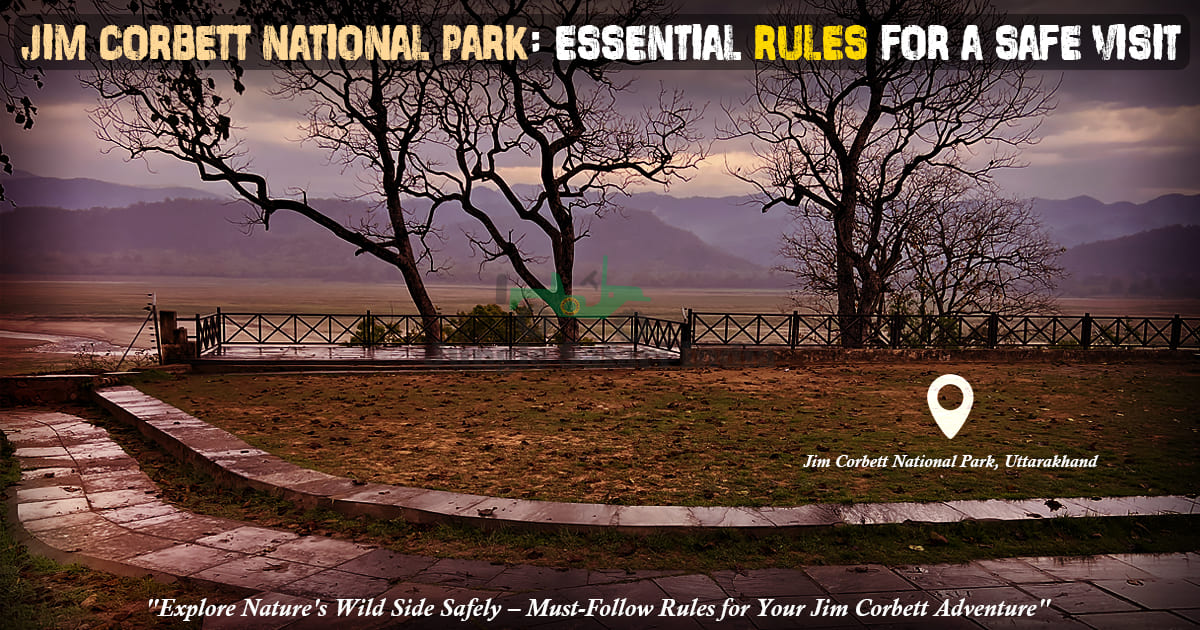
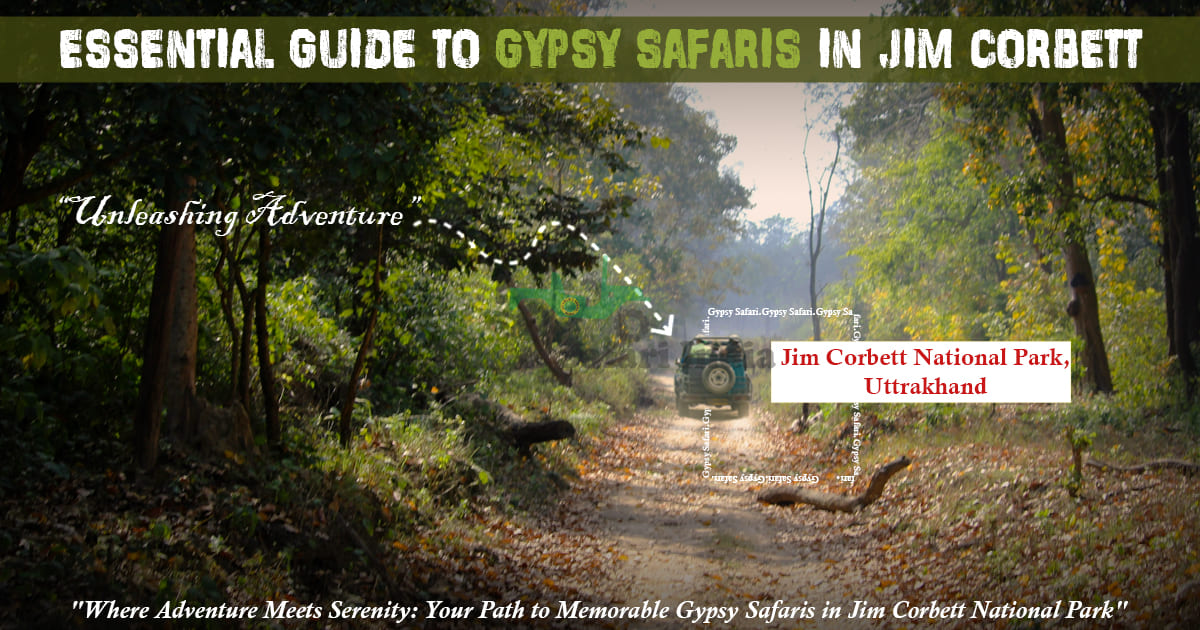
Leave a Reply